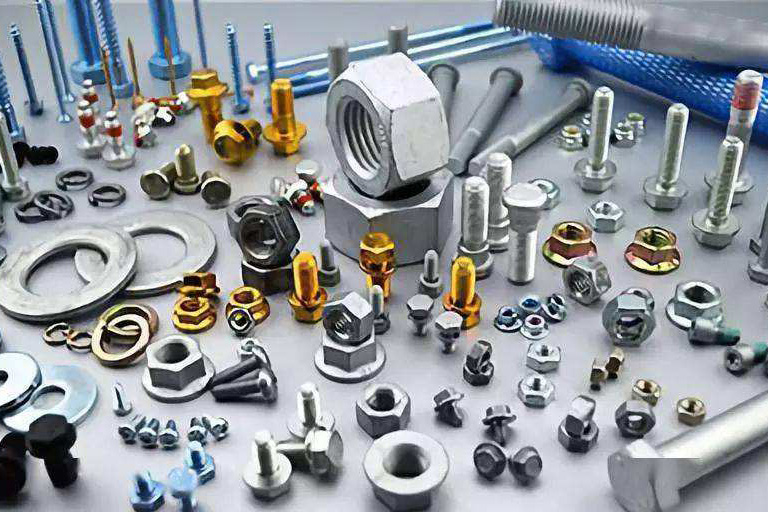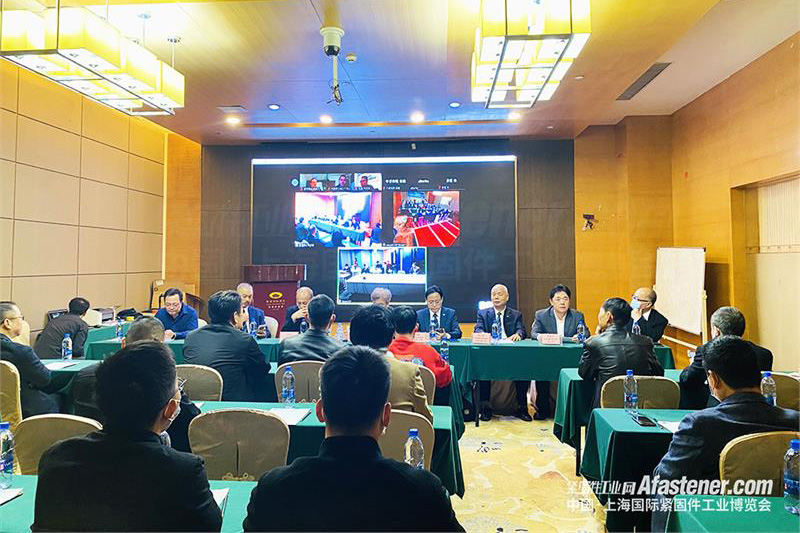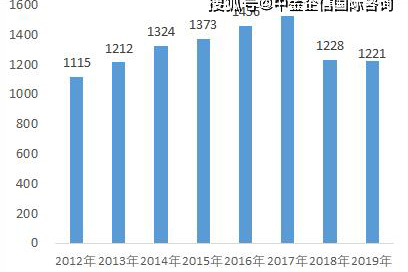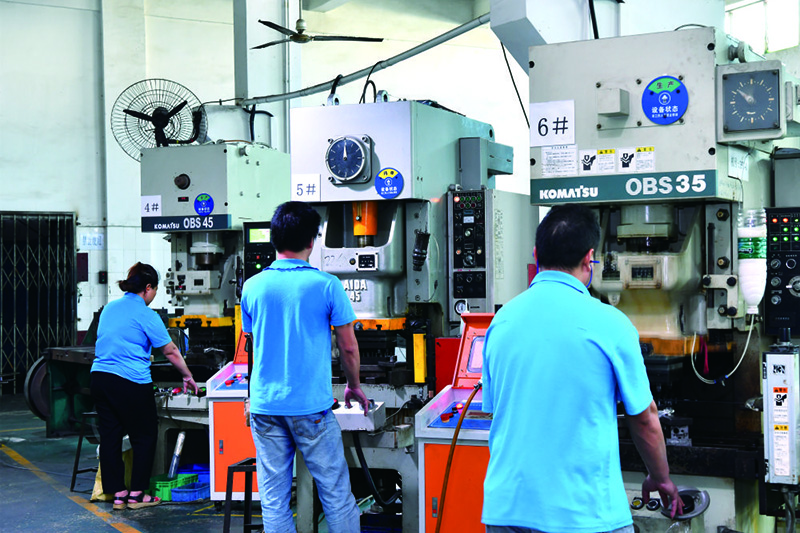NEWS
Technical requirements and main process flow of cold heading steel
Time:2022-01-10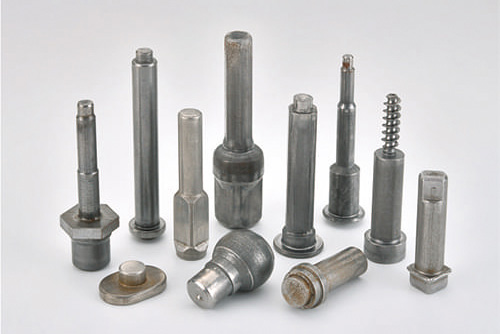
1. Chemical composition requirements
O, P, S and other elements have a decisive influence on the shape, quantity and size of inclusions in steel, so it is required to control their content; for alloy steel, it is appropriate to control elements such as silicon, aluminum, and manganese at the middle and lower limits to avoid causing Cold upsetting cracks.
2. Surface quality
Statistics from standard parts factories show that 80% of cold heading cracks are caused by surface defects of steel wires, such as folds, scratches, dense hair lines, local micro-cracks, and scarring. Therefore, the requirements for the surface quality of the wire are very strict, the dimensional tolerance is ±0.20mm, the out-of-roundness is <0.30mm, and the deepest surface crack and scratch is <0.07mm.
3. Decarbonization
Surface decarburization reduces the surface strength of the bolt and reduces the fatigue life significantly. The average decarburization layer depth requirements are shown in Table 1.
4. Non-metallic inclusions
The high content and large size of non-metallic inclusions in steel is an important reason for the cold heading cracking of standard parts, especially the B-type and D-type brittle inclusions in non-metallic inclusions, the closer they are to the surface of the steel wire, the more harmful The inclusions should not be greater than 15μm within 2mm from the surface layer.
5. Metallographic organization
The metallographic structure of cold heading steel is ferrite + granular pearlite. The grain size and distribution of pearlite are also factors that affect the performance of cold heading. The ideal structure is that the grain size of pearlite is similar and uniformly distributed in the ferrite. on the base. The order of cold heading performance of different microstructures of pearlite from good to bad is granular pearlite, sorbite, flaky pearlite, and flaky pearlite.
6. Low magnification tissue
The cold heading steel wire has strict requirements on the low-magnification structure of the steel. The low-magnification inspection should not have defects such as shrinkage, delamination, white spots, cracks, and pores. There are clearly defined levels.
7. Grain size
The internal structure of cold heading steel wire is different from other steel wires, and the grain size is not as fine as possible. If the grain size is too fine, the tensile strength and yield strength will increase, and the deformation resistance will increase, which is very unfavorable for cold heading forming. In addition to the fine grain size of the bolts above grade 10.9 to ensure the strength of the finished product, the grain size of the cold heading steel wire should be controlled at grade 5 to 7.
8. Cold heading performance
Good cold heading performance means that the steel wire has low deformation resistance and can withstand a large degree of deformation without cracking. It is generally believed that it is more reliable to use the area shrinkage rate and the yield-strength ratio as a measure of the performance of cold heading. The area shrinkage of alloy steel should not be less than 50%. The yield-strength ratio of cold heading steel wire is small, and the cold heading performance is relatively good. The yield-strength ratio of alloy steel should not be greater than 0.70. From the perspective of cold heading performance, the lower the cold working strengthening coefficient of the steel wire, the better, that is, it is not easy to produce work hardening.
The quality requirements of high-grade standard parts for raw materials: the wire rod has high plasticity index, section shrinkage rate and elongation rate; in cold plastic deformation, the deformation resistance of the material is small, the work hardening rate is low, and the yield-strength ratio of the material is small. The hardness of the wire rod is moderate, not too high; the wire rod has a good surface quality, a certain surface roughness, and surface defects such as folds and cracks are not allowed; the structure of the steel is dense and free of internal defects.


